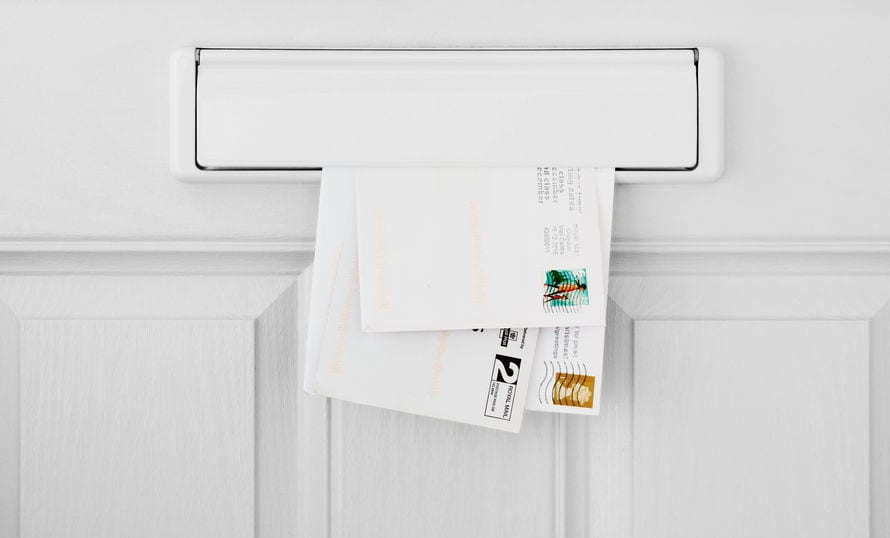If you file a different tax return amount than expected, the IRS will send you a notice of deficiency. It doesn’t necessarily mean you are in trouble. However, you should resolve your tax deficiency ASAP, since the IRS will charge penalties and interest on what you owe.
So, what is an IRS notice of deficiency and what should you do if you receive a deficiency notice? Read on.
What Is a Notice of Deficiency?
A notice of deficiency is a legal notice the IRS sends to inform you when they have income information from a third party that doesn’t match what you reported on your tax return. You may owe more tax or less tax depending on the difference.
This IRS deficiency notice is also called a 90-day letter, CP3219A Notice, Letter 531, ticket to Tax Court, Statutory Notice of Deficiency, or SNOD.
The notice of deficiency details:
- How the IRS computed the different tax amount
- The dispute process if you disagree with the IRS changes
- How you can challenge the deficiency notice in tax court
- What you should do if you agree with the proposed tax changes
Why Did the IRS Send Me a Notice of Deficiency?
Your employer, financial institutions, and creditors send your financial information to the IRS. If this taxable income differs from what you filed on your tax return, you will receive a notice of deficiency from the IRS.
Additionally, the IRS sends a notice of deficiency if you fail to respond promptly to a “pre-notification” CP2000 Notice (30-day letter).
Is a Notice of Deficiency an IRS Tax Bill?
No, a notice of deficiency is not a tax bill.
The notice is essentially a “proposal” that alerts you of the proposed changes and gives you time to prove you don’t owe more tax before the IRS makes a final determination.
How Much Time Do I Have to Respond to a Notice of Deficiency?
You have 90 days from the letter’s date to respond to a notice of deficiency (150 days if you are outside the country).
If you wait too long and the response window closes, the IRS will proceed with your final tax assessment. You will have to pay the tax you owe the IRS, plus interest and penalties accrued.
On the other hand, if you’re eligible for a tax refund, you can file an administrative claim with the IRS.
What Should I Do if I Disagree with an Incorrect Notice of Deficiency?
The higher taxes you owe might not be correct or you may disagree with the specific changes outlined in the notice of deficiency.
Either way, you have 90 days (150 days if abroad) from the notice date to respond in the following ways:
- File a complaint with the U.S. Tax Court
- Contact the business or individual who reported the incorrect information to the IRS and send a copy of the corrected information with your response to the IRS. In this case, it’s still good to also file a petition with the Tax Court, as the IRS review alone won’t extend the 90-day deadline.
Do I Have to Amend My Tax Return after Receiving a Notice of Deficiency?
The notice of deficiency specifies proposed changes to your tax return. If you agree with these changes by the IRS, there’s no need to amend your tax return, and you can sign and mail the enclosed Form 5564.
If you need to add more information, such as income, reductions, or expenses, you’ll have to amend your tax return by submitting Form 1040-X (Amended U.S. Individual Income Tax Return).
If you amend your return, indicate “CP3219” on Form 1040-X to highlight the amendment. Also attach Form 5564.
Before submitting your amended return and Form 5564, be sure make copies for your tax records.
What if I receive a Notice of Deficiency and Can’t Pay What I Owe the IRS?
It’s not uncommon to have a tax bill you are unable to pay. If you can’t pay your tax debt, your options include:
- Request more time to pay (in many cases, 60 to 120 days)
- Submit an Offer in Compromise to the IRS through the Fresh Start Tax Relief Program
- Make payment arrangements with the IRS by setting up a short-term payment plan or long-term installment agreement
What Is form 5564 That’s Included with a Notice of Deficiency?
Form 5564, or notice of deficiency waiver, is a legal form enclosed with the IRS notice of deficiency. You sign and mail the 5564 if you agree with the IRS changes to your taxes as indicated in the notice.
Dealing with a notice of deficiency can be challenging, especially when owe you more taxes.
Schedule a free call or get started below to resolve your IRS deficiency and settle your tax debt:
6 Simple Questions. Free Evaluation.
Join our Newsletter
Enter your email address to join our free newsletter. Get all the latest news and updates.

